HAIKAST XIII – Life Verse
I have a “life verse.” Before adopting this so-called life verse, I always thought of people who said they had one as being a little woo-woo. I didn’t understand how to claim something from the Bible as my own. I’m sure I was a little cynical about life verses before finding mine, because I assumed that people would find something they liked without a deep personal story and just roll with it. I was dismissive of the randomness of picking a verse.
I want to apologize to anyone that I didn’t pay attention to because of that attitude.
A life verse can be consequential and anyone who claims one may have a story that is worth considering. Really, anything that is a lifelong commitment is worthy of our attention because of the great care it takes to select and cultivate.
I tend to not want to make life defining pronouncements. This is probably because they may be more of a fleeting fancy than something with the substance of a true resolution.
As I write this, it is Lent in the Christian calendar. I normally honor the season by stopping or starting a habit as a way of focusing on the coming of Easter. This year, I decided to start reading the four Biblical gospels and stop eating food after dinner. Little more spiritual nourishment and a little less dessert nourishment. I picked them as short-term commitments.
It seems logical that a long term commitment like a life verse would require even more consideration than what to do for Lent. However, what I’m about to tell you isn’t so much about me picking a verse, it’s a story of a verse picking me.
As I was going through graduate school, I also worked full time at our local hospital. To manage my stress level, I gravitated towards a hybrid role that was a mix of a floor secretary (processing medical orders from doctors and nurses), a Care Partner (having direct patient care responsibilities in partnership with the nurses), and, for difficult patients, a Sitter (literally sitting with them and carefully watching so they wouldn’t fall, pull out their IVs, or commit self-harm). I sat with lots of people who were in critical condition. While I never saw someone pass away, there were a number of patients who I spent the last days or hours with – being on high alert monitoring the patients’ vital signs and taking care of the family’s needs.
On my last day at the hospital – a day that I had no idea would actually be my last – I brought my Bible. It wasn’t ever my expectation to read to the patient, but some days when I was responsible for sitting, I needed a good long read. I would only read the Bible to the patient if they directly asked me to share with them. It happened to be on this day, the patient was curious about what I was reading. So I read to them this passage:
“Then we will no longer be infants, tossed back and forth by the waves, and blown here and there by every wind of teaching and by the cunning and craftiness of people in their deceitful scheming. Instead, speaking the truth in love, we will grow to become in every respect the mature body of him who is the head, that is, Christ. From him the whole body, joined and held together by every supporting ligament, grows and builds itself up in love, as each part does its work.”
My Bible does have lots of notes scribbled on the margins of the pages. However, it rarely lists the time and place when a verse carried indelible personal significance. I did make a note of this verse that day. March 2010. Soon after reading to the patient, I was asked to go to HR. I had been in two patient fall cases in recent weeks when I misjudged when I should give them privacy while they were using the bathroom. It was time for me to resign.
Four years later, after a long bout of depression, I found myself on the edge of another resignation. I didn’t know when it was going to happen, but it definitely felt like there was a strong possibility that I would need to step down. Many of my coworkers knew that I had been hospitalized the previous year and I had felt alienated from them for months. It was eerily similar timing to me resigning from the hospital nine months after a hospitalization for severe depression. I was hanging on to a job that I think both my contractor and I knew could not last.
I was reading a daily devotional that year. On the day that I was asked to resign, I went home for lunch and read the devotional. The same verses from Ephesians popped up again – this time beginning at verse 14, “Instead, speaking the truth in love…..”
When I went back to work, I met with my supervisor and we had the difficult conversation of me needing to resign. I was numb, feeling like I had already been grieving an inevitable end to another promising career path. I wept in the car in the parking lot, unable to collect myself to drive home. I wondered how I was going to recover from my ongoing mental illness and my second job loss in 4 years. That day, I felt like I had lost nearly everything, but I had gained a verse. It was the day my life verse was born.
I slowly rebuilt my life, with my wife, friends, and extended family offering unconditional love through the process. I took solace in contemplating what it means to speak the truth in love. I discovered that the Ephesians passage is the only verse in the Bible that is directly translated as speaking the truth in love. I knew that my recovery needed to include the way that I spoke to myself.
In depression, it is easy to embrace certain “truths” about who I am that do not take in the full picture of my humanity. My negative self-talk that fueled so much of my depressive episodes was full of self doubt and fear of failure. I can get tied up in negative emotional attachments to experiences of when I felt like I could have made better decisions, been more sensitive to others, or put forth more effort. I don’t give myself grace for my natural limitations or lack of knowledge. In short, it is truth without love.
The Ephesians passage allowed me to pause and rethink how I talk to myself. It gave me the insight that I’m only one part of an entire Christian community and that it’s ok if I only play a small part, as long as it is in earnest and pursued in a spirit of unconditional love. The truth, when considered in love, is full of grace – it does not condemn or isolate, but points to each of us being connected to a sacred community. With this affirming perspective, I began to love myself and accept my diagnosis.
I started a practice of studying the Bible using the lectio divina. It is a practice of reading small sections of the Bible multiple times and paying attention to words or phrases that resonate with the reader. I would then write reflections on what I read. I began practicing lectio divina with verses that included the word “humility.” I recovered by understanding and practicing humility.
It took almost a year to feel ready to reenter the workforce, and when I did, it was with a renewed sense of self-respect and trust in my wherewithal. I am grateful that I have not slipped back into depression since reentering the workforce.
After 7 successful years working in product development and marketing at Cosco, I was incredibly thankful for the stability, job advancement, and relationships I had built. However, in 2022, I sensed that I was being called to a new career path. I decided to go on a retreat to St. Meinrad in southern Indiana to spend time in solitude and prayer. While there, I often go to the Arch Abbey Sanctuary where the monks gather to pray multiple times per day.
As my 2 day retreat came to a close, I went for a final prayer hour. Nearing the end of the hour, the Bible was opened and a monk began reading.
“Instead, speaking the truth in love, we will grow to become in every respect the mature body of him who is the head, that is, Christ. From him the whole body, joined and held together by every supporting ligament, grows and builds itself up in love, as each part does its work….”
There it was again. I found peace and resolution in that moment as my life verse was spoken in the sanctuary. This time, I was ready for new work.
Ephesians 4 read
The verse about Truth in Love
Monks gave me a gift

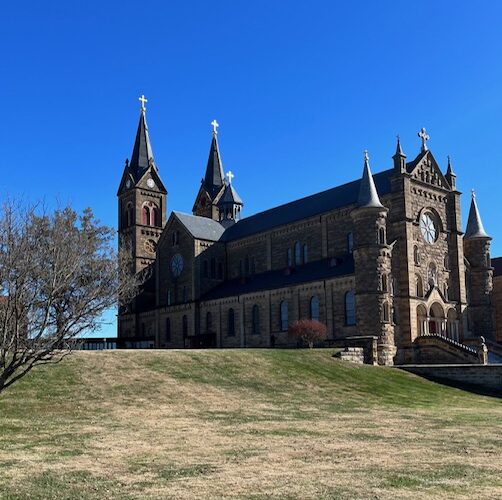
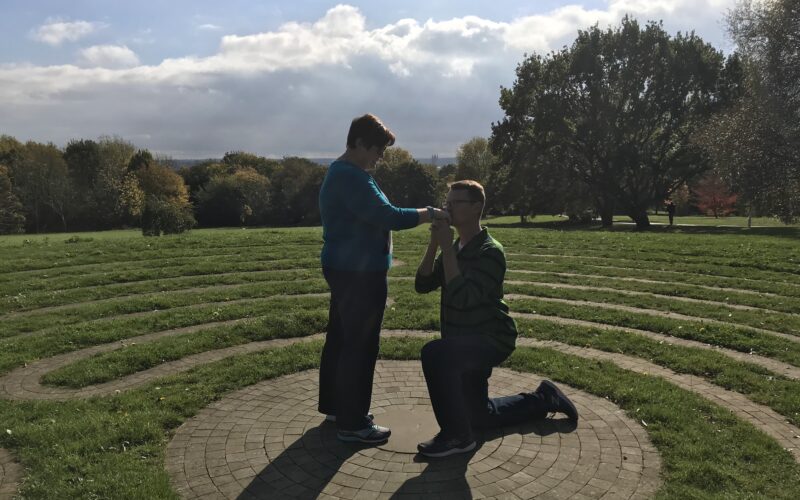
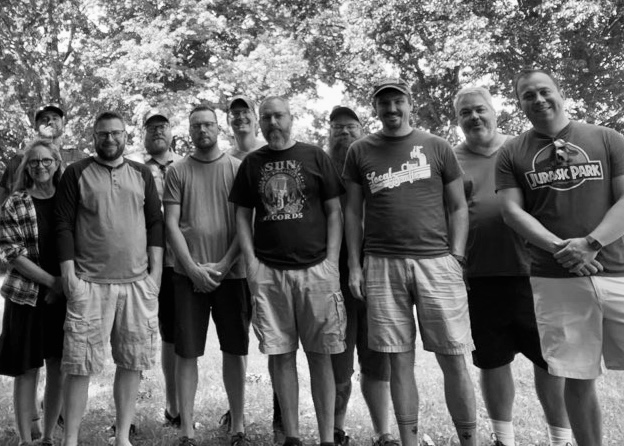
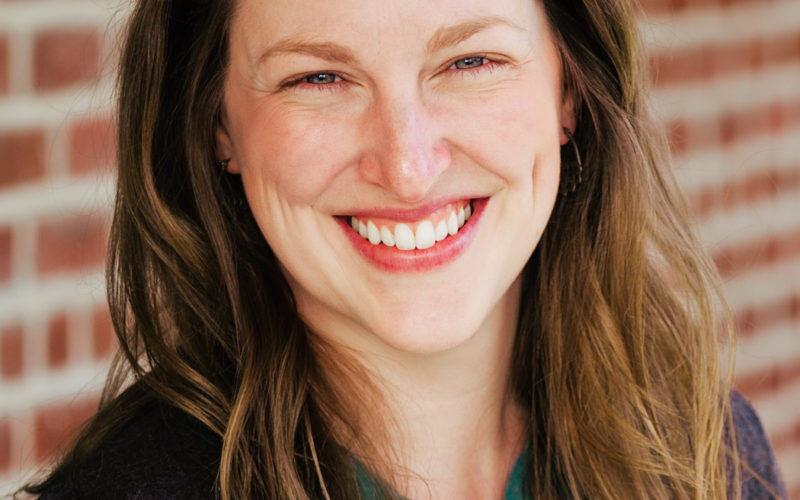
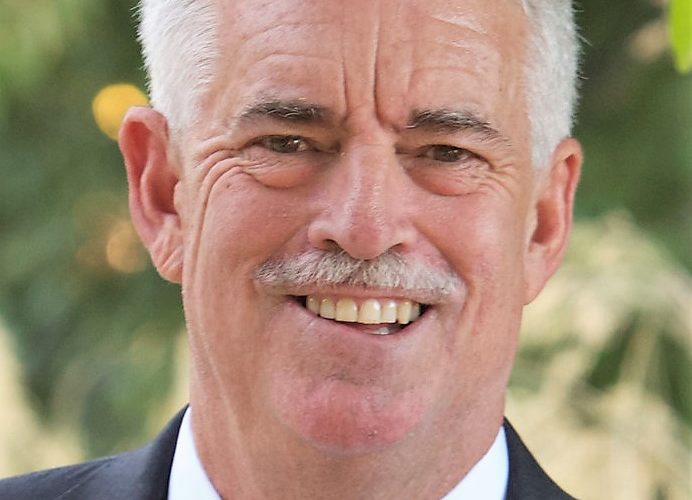
Recent Comments